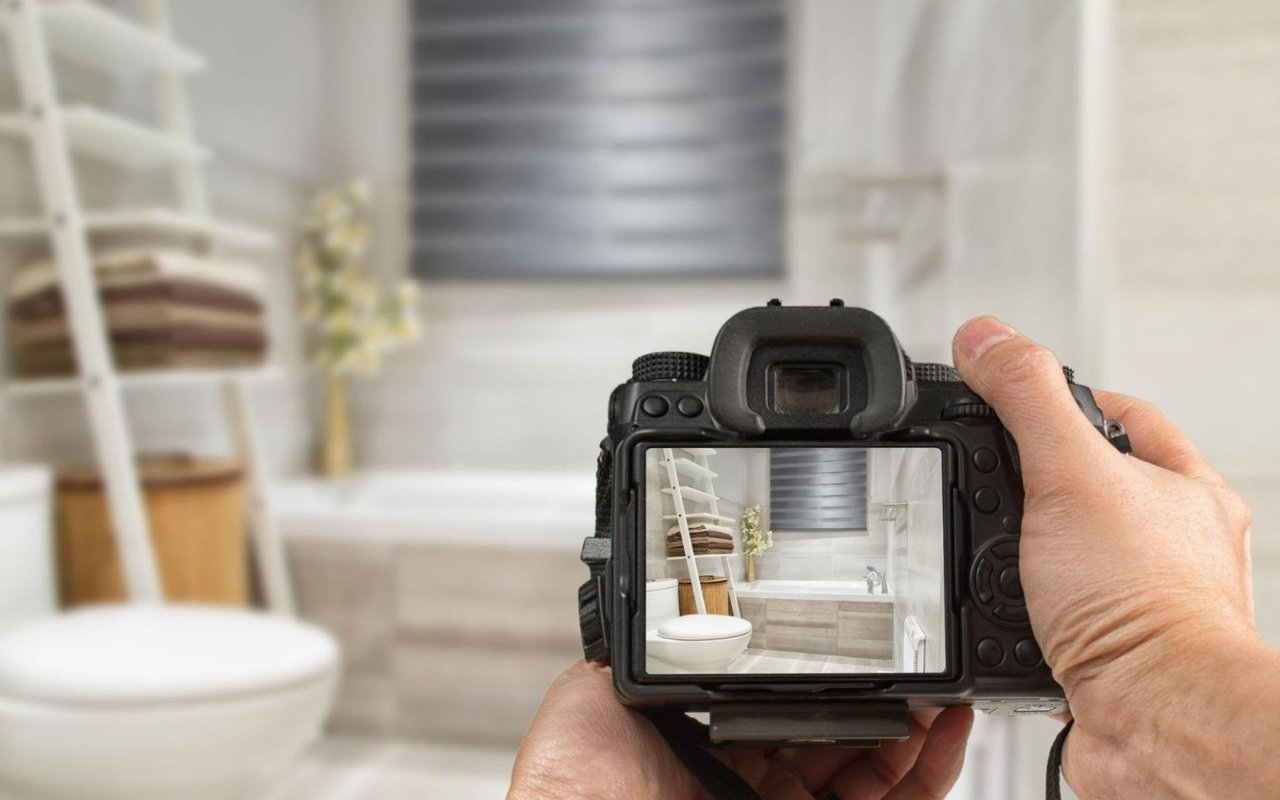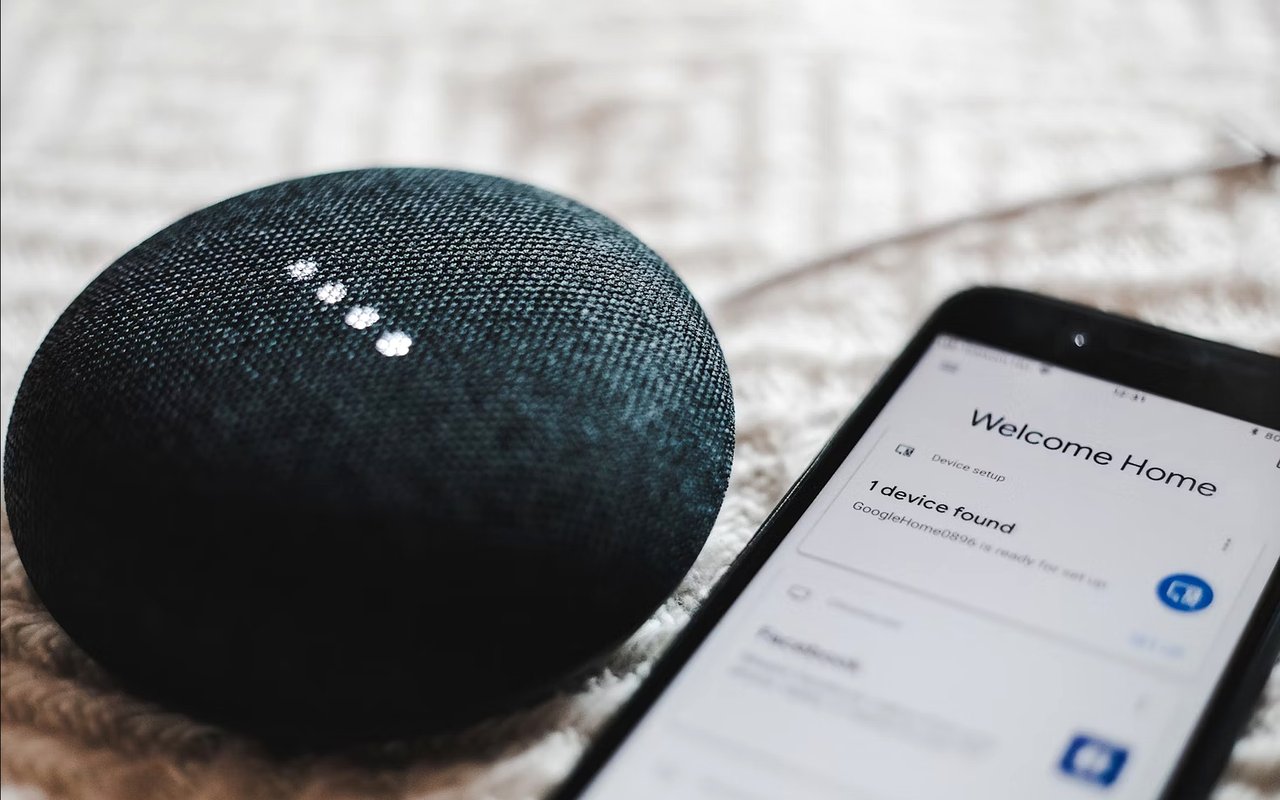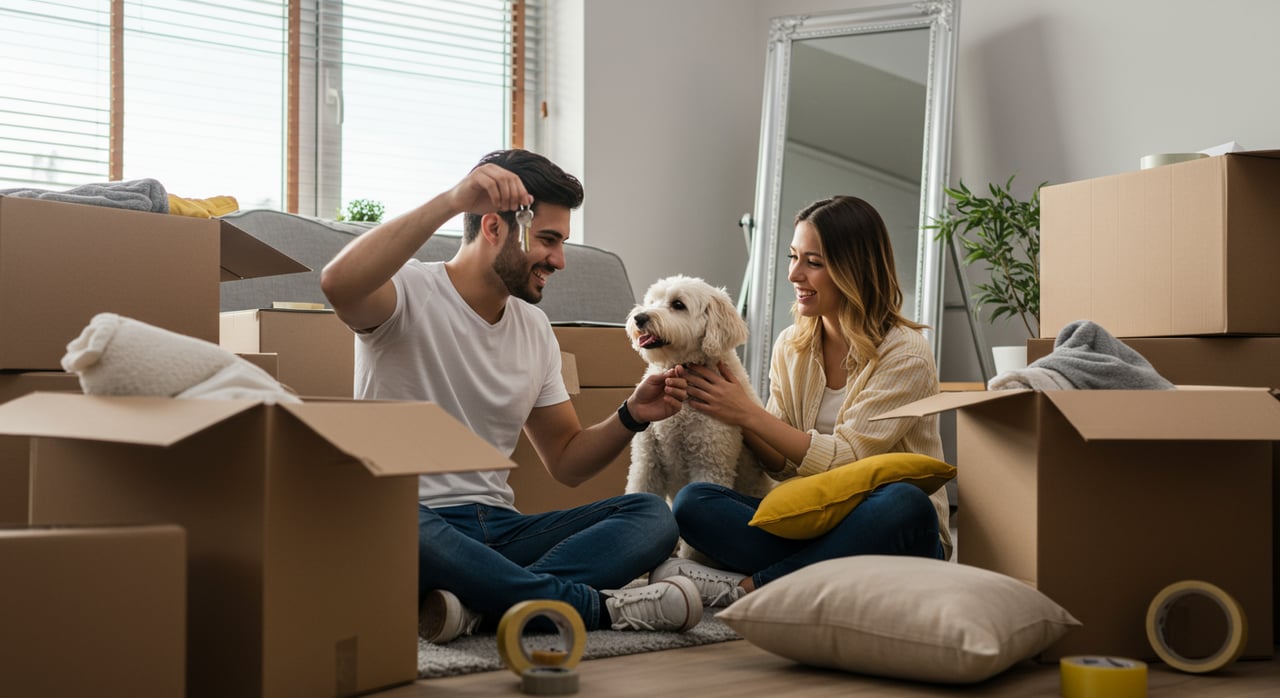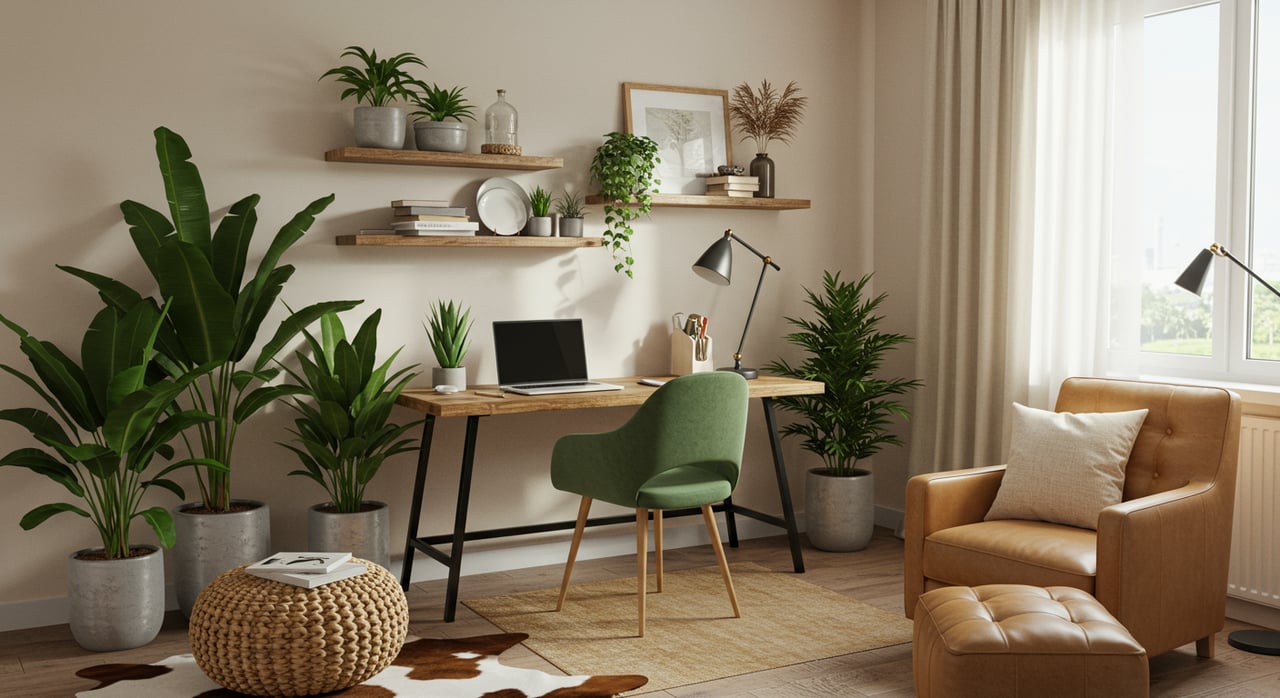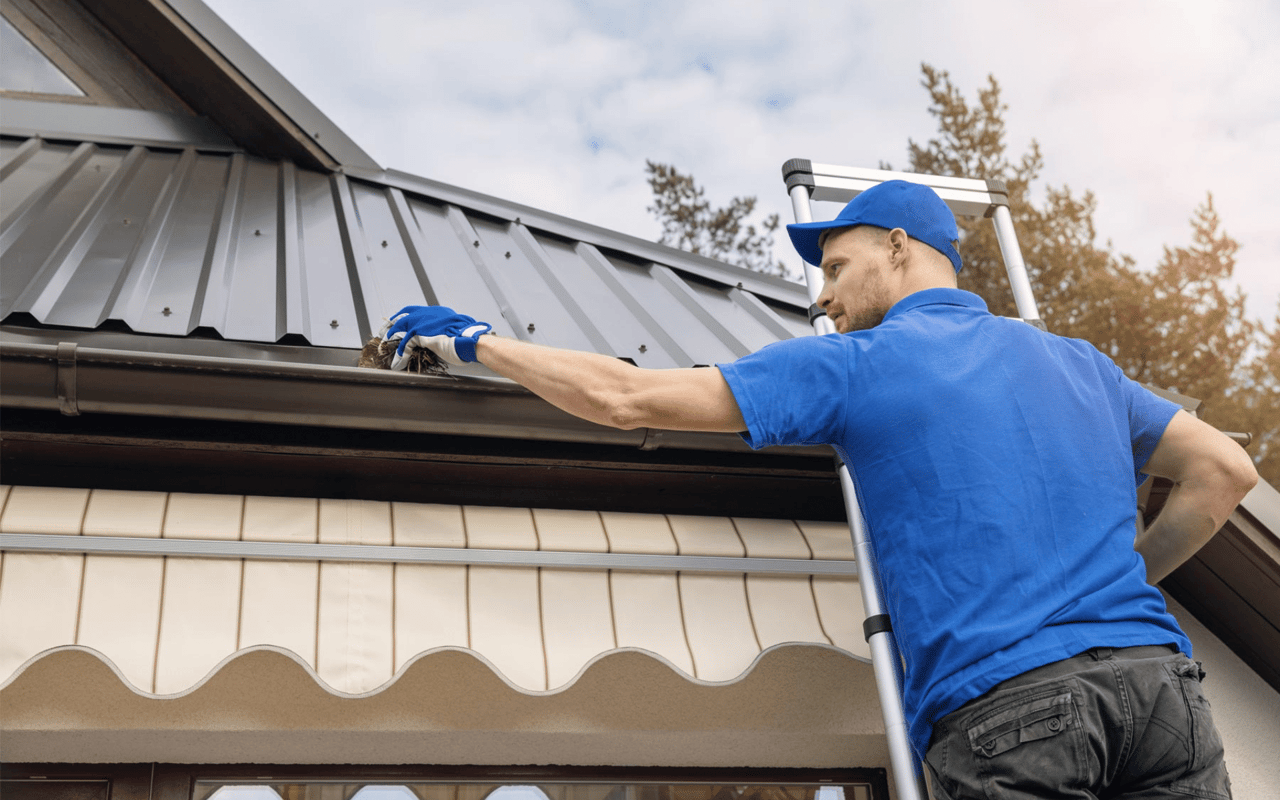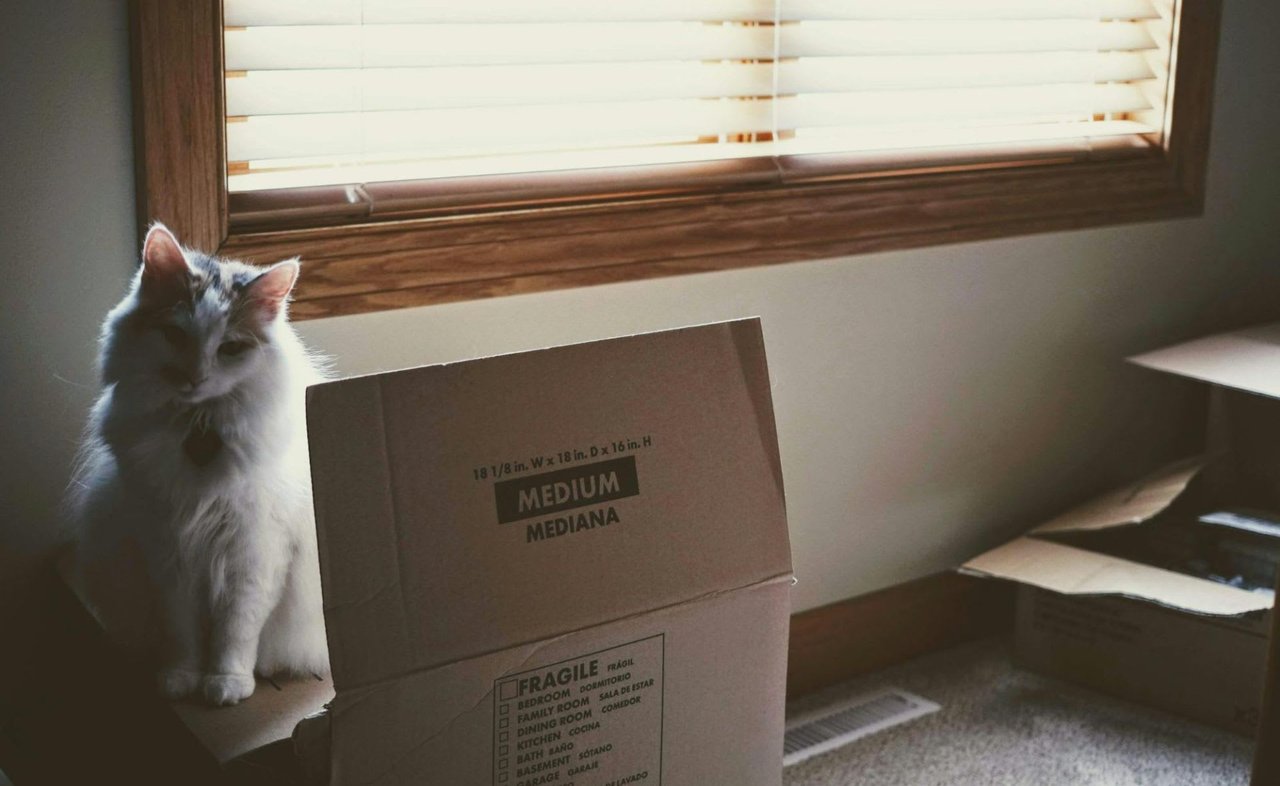Ensuring the air quality in your home is crucial for maintaining a healthy and comfortable living environment. Poor air quality can lead to a range of health issues, from minor irritations to serious respiratory conditions. Fortunately, there are numerous strategies to improve the air quality of your home, many of which are simple and cost-effective.
Understanding Indoor Air Quality
Before taking practical steps to increase the airflow in your home, it's important to understand what factors contribute to indoor air quality. Common pollutants include dust, pollen, mold spores, pet dander, and volatile organic compounds (VOCs) from household products and building materials. These pollutants can accumulate, leading to indoor air that is significantly more polluted than the air outside.
Regular Cleaning and Maintenance
One of the most straightforward ways to improve the air quality of your home is through regular cleaning. Dust, pet dander, and other particles can settle on surfaces and become airborne. Vacuuming carpets and rugs at least once a week with a vacuum cleaner equipped with a HEPA filter can significantly reduce these particles. Additionally, don’t forget to dust furniture, shelves, and other surfaces with a damp cloth to trap dust rather than just moving it around.
Control Humidity Levels
High humidity levels can encourage the growth of mold and mildew, both of which can negatively impact indoor air quality. Using a dehumidifier can help maintain indoor humidity levels between 30% and 50%, which is optimal for preventing mold growth. In bathrooms and kitchens, use exhaust fans to expel moisture and improve ventilation.
However, in areas like Arizona, whose climate typically boasts dry heat during the summer, a humidifier may be best to add moisture to the air.
However, in areas like Arizona, whose climate typically boasts dry heat during the summer, a humidifier may be best to add moisture to the air.
Invest in Air Purifiers
Air purifiers are an excellent investment for improving indoor air quality. These devices work by filtering out contaminants from the air, including dust, pollen, and VOCs. When choosing an air purifier, look for one with a HEPA filter, as these are highly effective at trapping small particles. To maximize their effectiveness, place air purifiers in the rooms where you spend the most time, such as the bedroom and living room.
Use Natural Cleaning Products
Many conventional cleaning products contain chemicals that can release VOCs into the air. To minimize indoor air pollution, opt for natural cleaning products made from ingredients like vinegar, baking soda, and essential oils. These alternatives are not only better for the air quality in your home but also safer for your health and the environment.
Improve Ventilation
Good ventilation is key to maintaining fresh air inside your home. Open windows and doors whenever possible to allow fresh air to circulate and reduce the concentration of indoor pollutants. Using exhaust fans in bathrooms and kitchens can also help remove contaminants and moisture. For homes in areas with high outdoor pollution, consider using air purifiers and keeping windows closed during peak pollution times.
Incorporate Indoor Plants
Indoor plants are not only aesthetically pleasing but can also help improve air quality. Plants like spider plants, snake plants, and peace lilies are known for filtering toxins from the air. Place these plants in different rooms around your home to naturally enhance air quality. However, be mindful of overwatering, as damp soil can promote mold growth.
Regularly Change HVAC Filters
Heating, ventilation, and air conditioning (HVAC) systems can circulate dust and other particles if their filters are not regularly changed. Replace HVAC filters every three months or more frequently if you have pets or live in an area with high dust levels. Consider using high-efficiency particulate air (HEPA) filters for better filtration.
Limit Use of Scented Products
Scented candles, air fresheners, and other fragranced products can release VOCs into the air. To reduce exposure to these chemicals, limit the use of scented products and opt for natural alternatives like essential oils. Additionally, when using these products, ensure that the area is well-ventilated to disperse any released pollutants.
Choose Low-VOC Paints and Materials
When renovating or redecorating, opt for low-VOC or VOC-free paints and building materials. Traditional paints and finishes can release harmful chemicals into the air, which can linger for years. Low-VOC options are widely available and help maintain healthier indoor air quality. Similarly, when buying new furniture, look for products made with low-emitting materials.
Regularly Clean Bedding and Upholstery
Bedding and upholstered furniture can harbor dust mites, pet dander, and other allergens. To kill dust mites, wash bedding, pillowcases, and curtains regularly in hot water. For upholstered furniture, use a vacuum with a HEPA filter and consider professional cleaning periodically to remove deep-seated allergens.
Maintain a Shoe-Free Home
Shoes can track in dirt, pollen, and other contaminants from outside. By adopting a no-shoes policy inside your home, you can significantly reduce the amount of pollutants that enter. Provide a designated area near the entrance for shoes and encourage family members and guests to remove their shoes upon entering.
Monitor Indoor Air Quality
Using indoor air quality monitors can help you keep track of pollutant levels in your home. These devices measure the concentration of various pollutants, such as particulate matter and VOCs, providing real-time data on the air quality. By monitoring these levels, you can take timely actions to improve air quality, such as increasing ventilation or using air purifiers.
Engage in Regular Home Maintenance
Regular home maintenance is essential for preventing and addressing issues that can affect air quality. Check for leaks and water damage, which can lead to mold growth, and repair them promptly. Ensure that your HVAC system is serviced annually to maintain its efficiency and effectiveness in filtering indoor air.
Educate Household Members
Improving and maintaining good indoor air quality is a collective effort. Educate all household members about the importance of air quality and the steps they can take to contribute. Simple habits, like turning on exhaust fans while cooking, using natural cleaning products, and keeping the home clean, can make a significant difference.
Enhance Your Scottsdale Home Buying and Selling Experience with Power+
For residents of Desert Mountain, AZ, ensuring your home's air quality is just one of many considerations when buying or selling a property. At Power+, the team understands the unique needs of Desert Mountain homeowners and buyers. Whether you're looking to buy a new home with optimal air quality or sell your current property, Power+ is here to guide you every step of the way. Contact Power+ today to learn more about how they can help you find the perfect home or get the best value for your property.
*Header image courtesy of Power+
*Header image courtesy of Power+































